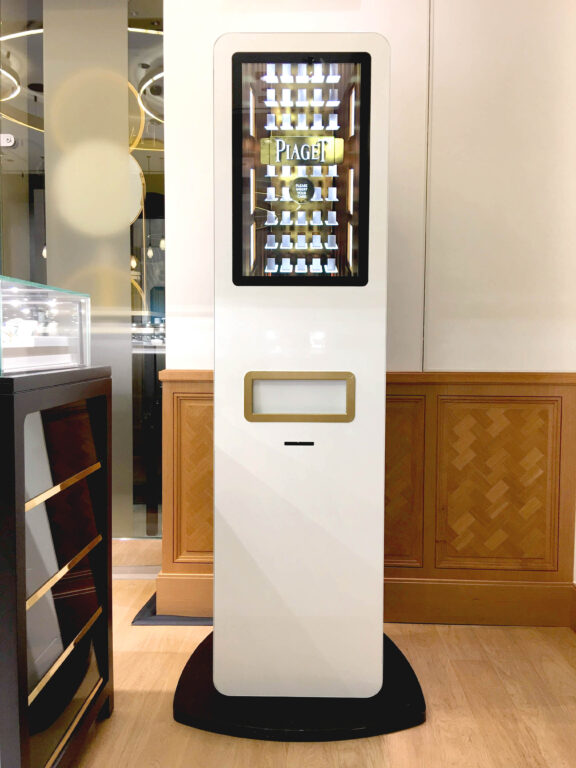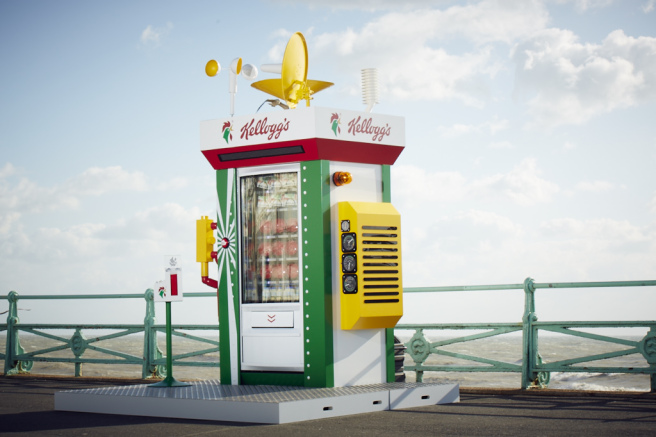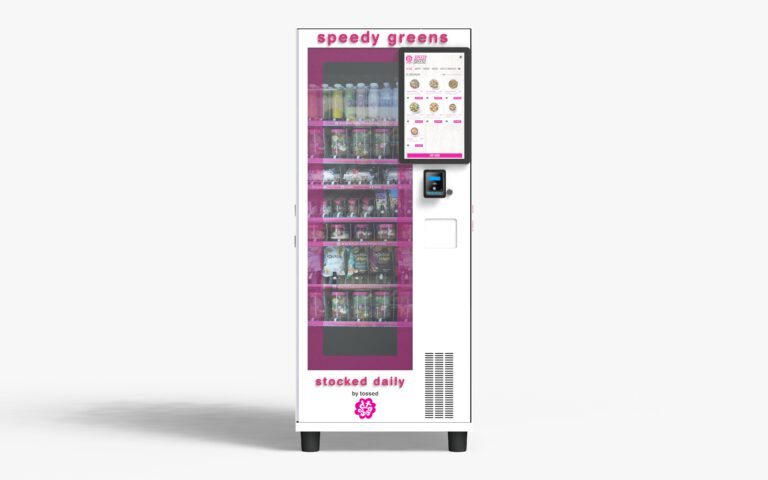Piaget
A premium, luxury installation for Piaget inside Harrods, designed to reward loyal customers and increase footfall in-store - based on Aeguana's DVT-L vending machine.
Learn more
Natural language processing
Electronic Engineering
Mechanical Engineering
Yakult wanted to create a unique vending machine that taught customers how to speak Japanese, and rewarded them with a little bottle of Yakult when they managed to pronounce it correctly. Adding to the experience, the machine can detect when customers approach it and start talking to them immediately.
In collaboration with Kino Creative, a second mechanic that proved extremely popular was developed, requiring Yakult aficionados to make it through an ever-faster game to be rewarded with a fresh, healthy little bottle of Yakult.


A premium, luxury installation for Piaget inside Harrods, designed to reward loyal customers and increase footfall in-store - based on Aeguana's DVT-L vending machine.
Learn more

A vending machine that charges based on the weather, knows where you are, and dispenses multiple products simultaneously, for the ultimate cereal exp.

Aeguana and Tossed have joined forces to launch Speedy Greens - a health food option for offices and public venues leveraging the high-tech capabilities of the DVT-X machines.